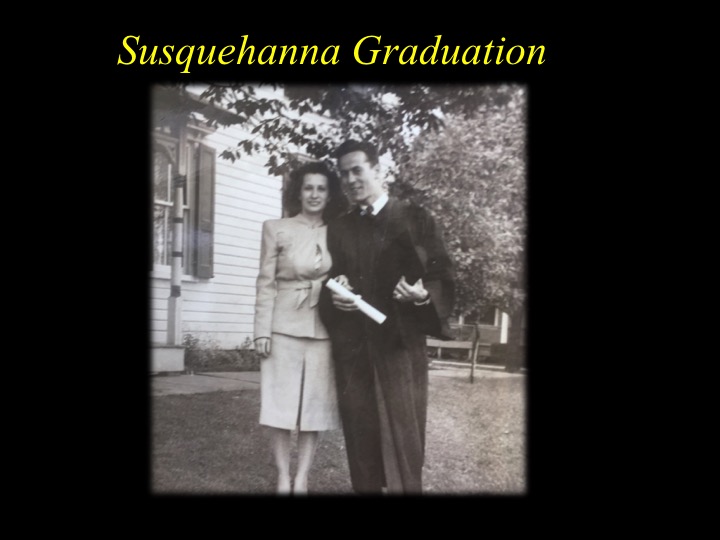
(Special thanks to my dad, Joseph Greco, for sharing many of the stories and background that helped shaped this piece about my grandfather, Dr. Joseph Greco. While there could be numerous posts written about the different aspects of my grandfather’s life (community leadership, family, business ventures), this post focuses primarily on his life as a doctor.)
My paternal great-grandparents immigrated from Southern Italy and gave birth to ten children in Atlas Pennsylvania. My grandfather, Joe Greco, was the second youngest of five boys. His older brothers worked in the mines and helped put him through college and medical school. He became a town doctor and eventually bought a coal mine, the Diamond Coal Company near Atlas, with his brothers. The family went from poverty to middle-class in one generation.
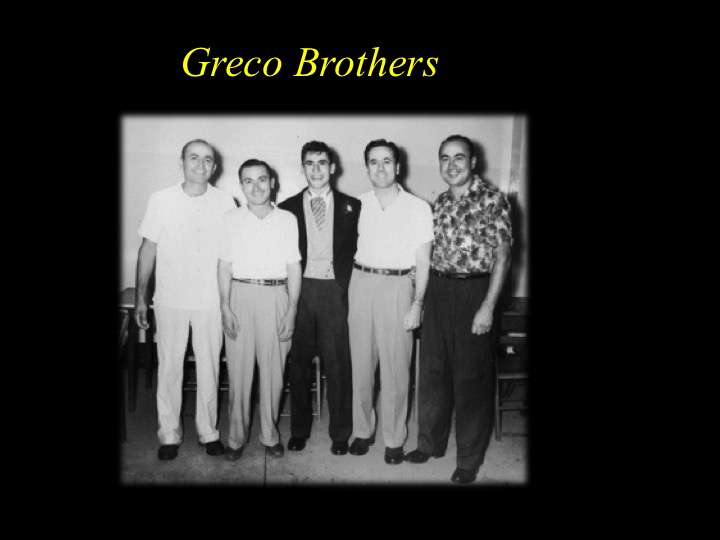
My grandfather, or “Papap” as we called him, was a “Little All-American” football player at Susquehanna University about 35 minutes from Mt. Carmel. It was at Susquehanna that Papap Greco met my grandmother, who worked as a secretary in the President’s office. (See my blogpost on “Nana Greco” here) This “little school” actually had a big football reputation, drawing players from towns in Eastern and Central Pennsylvania with a rich football history.
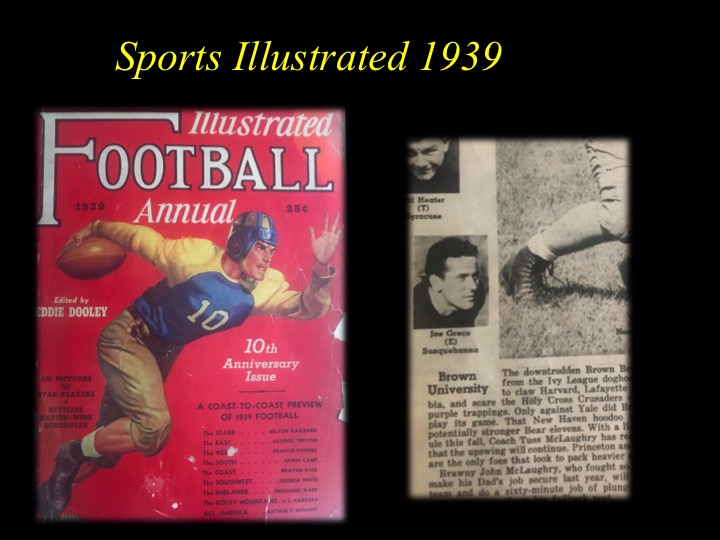
Papap Greco was a “Staggie” which is the name for Susquehanna players who played under head coach Amos Alonzo Stagg Jr., and his legendary father, Associate Head Coach Amos Alonzo Stagg Sr. from 1947-1952. In the twilight of his storied career, Stagg Sr. joined his son at Susquehanna to help coach. To call Stagg Sr. a football legend was an understatement: he was one of the early innovators of the game in the late 1800’s.
Among Stagg’s inventions in the game of football were the reverse play, the huddle, the place kick, the lateral pass, the Statue of Liberty play, uniform numbers, the man in motion, hip pads, and both the lateral and forward passes. Transcending football, Stagg was responsible for developing basketball as a 5 player sport (which allowed his then 10 member football team to compete and keep in shape during the winter months). And although Stagg turned down offers from 5 professional baseball teams, he was also credited with inventing the batting cage.
By 1947 the “Grand Old Man of Football” had joined his son at Susquehanna. My grandmother, who had started dating my Papap by this time, remembered Stagg Sr. shouting plays down from the press box to his son on the field. One of my own football mentors and longtime Susquehanna Assistant Coach Bob Pitello had also been a “Staggie”. We were lucky to have him as our offensive line coach at Mt. Carmel during my Junior and Senior years of High School.
After college my grandfather enrolled in Medical School at Hahnemann Hospital in Pennsylvania (where both his youngest son, my Uncle Jon, and my brother Joey would also attend medical school years later). In order to help pay for medical school, my grandfather enlisted in the army, where he owed some years of service back as an army doctor.
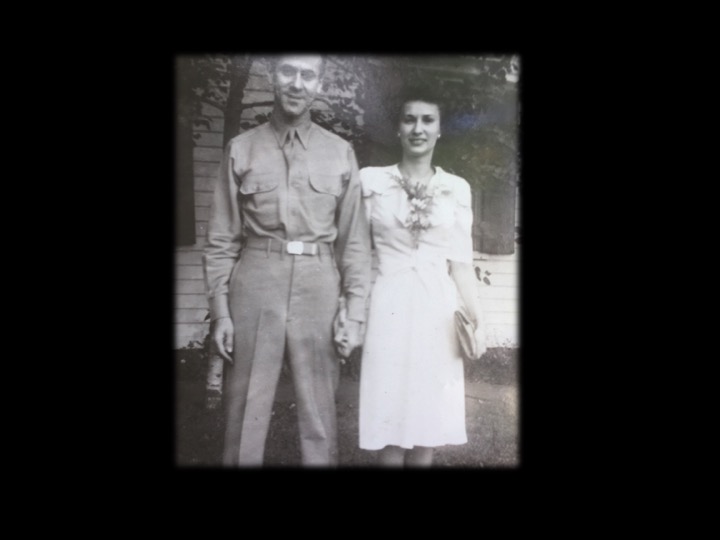
He worked at Marine hospital in Staten Island under one of the pioneers in thoracic surgery, Dr. Charley Bailey. Dr. Bailey created numerous new techniques for heart surgery, according to my dad was the first surgeon to conduct a thoracotomy, the operation to open the chest cavity for heart procedures.
Because my grandmother wanted to have their first child, they moved back to Mt. Carmel where Papap completed his military service in the Public Health Service in the federal prison system. The first was the United States Penitentiary in Lewisburg, PA, about an hour away from Mt. Carmel.
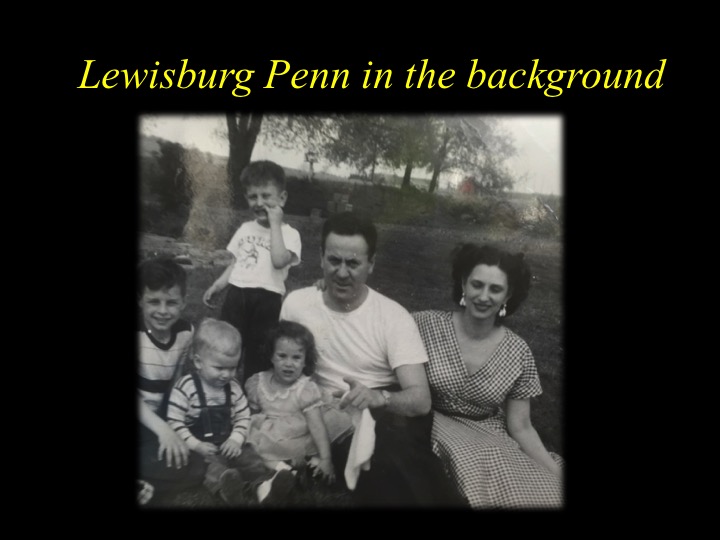
Papap’s days at Lewisburg came to an end when he exposed a scheme whereby the prison staff bilked prisoners out of money for getting seen in the infirmary. He became persona non grata with the staff, and was cast out and eventually sent to new assignments at the U.S. Penitentiary, Leavenworth in Kansas and U.S. Medical Center for Federal Prisoners in Springfield, Missouri. But exposing the grafting scheme helped make him very popular with the prisoners.
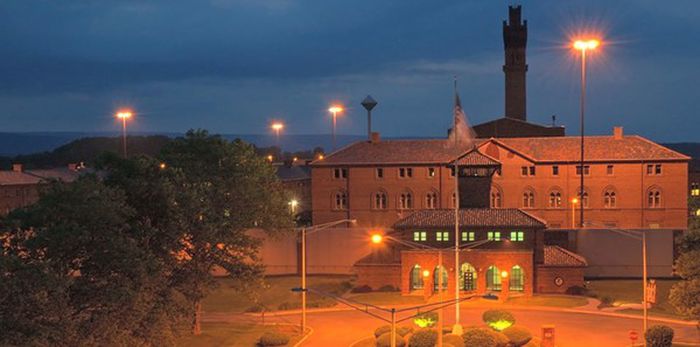
Years later in the 1970s, when my dad was a high school teacher in Mt. Carmel, he and other faculty members won a basketball game at Lewisburg Penitentiary against the prisoners’ team. Evidently the prisoners’ team, as part of their recreation, would play teams of faculty members from area high schools, but had never lost before. My dad remembers there was a prison riot following the loss to the Mt. Carmel teachers.
One of the prisoners, a mobster named Charlie Allen took my dad around and introduced him as Doc Greco’s son to the prisoners. He said my grandfather was fondly remembered by the inmates. Allen was President of the Holy Name society in prison, and also had been an enforcer in someone’s crime family.
One day Allen took my dad to the cell of former Teamster President Jimmy Hoffa. Hoffa had been famously sentenced to Lewisburg for jury tampering, bribery, and fraud in 1967. My dad looked in the cell and saw Hoffa standing, facing the other direction with his hands crossed behind his back. When Allen introduced Hoffa to my dad, Hoffa turned around to look at them and simply scoffed.

A few years later a black limousine pulled up to my dad’s Hickory Street house in Mt. Carmel, and someone came to the door. When my dad answered, the man said “Charlie Allen is here for you.” My dad made up an excuse not to see him…he had to go back to school or some such. My Papap counted among his patients some members of the local La Cosa Nostra, but he had told my dad never to deal with them himself.
My grandfather had switched his specialty to ObGyn when he started his private practice out of my grandparents’ house at 300 South Hickory in Mt. Carmel. He built his practice by delivering over 2,800 babies (including 3 boys to my mom and dad) and taking care of all of their families. He conducted minor surgeries out of his office like tonsillectomies and knee surgery. (During his own knee surgery as a college football player, my grandfather would only let doctors give him local anesthetics so he could stay awake and watch the procedure through a mirror above the operating table) My Uncle Dr. Jeff Greco now runs his own practice in Papap’s old Hickory St. office today.

My grandfather treated a great deal of his patients free of charge, and sometimes would even hand poor patients cash in the examining room so they could have the dignity of paying their bill in front of the other patients in the waiting room.
During the early days of Papap’s practice, a young British artist named Peter Ellenshaw came to him with a sick wife who had grown up in nearby Ashland. My grandfather treated her, and to show his appreciation Ellenshaw painted portraits of both my grandparents. He captured them at the prime of their lives, handsome and young. The Ellenshaw’s moved to Santa Barbara and Peter became one of Walt Disney’s top matte artists, and one of the first artists to integrate special effects into films. He won an Academy Award for “20,000 Leagues Under the Sea” and “Mary Poppins”. The pictures still hang in my grandmother’s house.

In 1960 Papap learned to do hair transplant surgery from Dr. Norman Orentriech, the “father of the hair transplant” procedure as well as a Dr. Berger. Papap Greco became one of the early pioneers of hair transplant surgery in the 1960’s and according to my dad conducted over 2,000 procedures, including those on well-known politicians and entertainers. (See article about my grandfathers work in hair transplantation at the end of this post). Years later my dad would learn the technique from my grandfather and become one of the most popular hair transplant providers in the country, himself conducting the procedure on high-profile celebrities and public officials.
Papap was also on the cancer research board at Hahnemann Hospital. It was named the Barry Ashby Research Center after the Philadelphia Flyers hockey player who had leukemia. Ed Snyder, the owner of the Flyers, was also on the board.
Papap’s office was connected to my grandparents’ house through a door in the kitchen. Patients would offer gifts of food, sometimes in lieu of payment. Sometimes my grandfather, sometimes a nurse, and sometimes the patients themselves would walk into the kitchen with these treats. Pastries, pies, “long johns”, sticky buns, cookies, and if we were lucky, a White Coconut cake. We called them “goodies”.
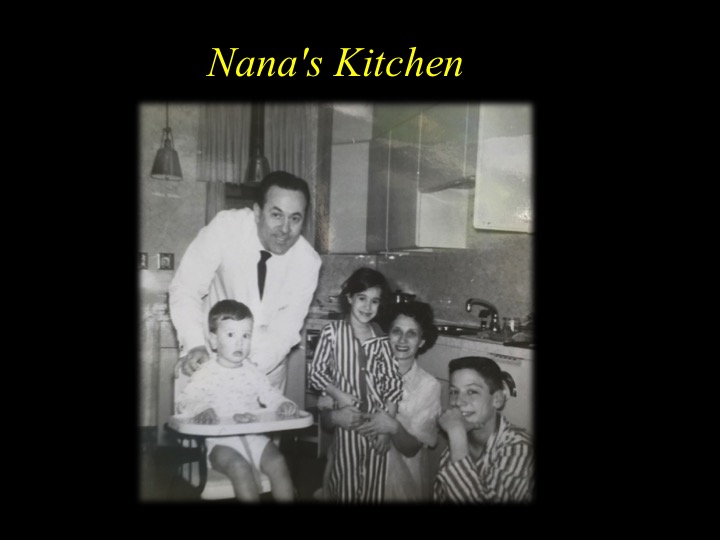
In addition to his practice my grandfather owned coal mines and breakers with his brothers, and he bought three pharmacies, three nursing homes, a 32-lane bowling alley, and the Guarantee Trust Building, a four story granite bank and apartment building which anchored downtown.
My dad bought me penny loafers in middle school. Classmates teased me. When my grandfather heard, he grabbed me by the arm and said “You tell them ‘only the rich kids wear these’, and then pinch them in the back of the arm!” I never thought of myself as a rich kid, and could only imagine what would happen if I did what my grandfather said. But my grandfather grew up in poverty and this was his way of teaching me about pride.

At some point early in his career Papap had taken a year-long course at University of Pennsylvania in reading EKG’s and became the primary reader of EKG’s at the Shamokin hospital, where he would conduct rounds the rest of his career. Such a pillar of dignity and class at the hospital, I remember going with him on rounds when was dying of cancer in his 60’s, and the nurses being shocked that it was the first time they ever saw him without a tie on.
Hundreds of people attended my grandfather’s funeral, and the line of family, friends, and patients at the viewing ran outside the funeral home and around the corner for over 4 hours. My dad tells the story of one man coming up to him saying “Your father saved my life”, to which my dad thanked him but said that as a physician that’s just what Doc Greco did. The man said “no, I got hurt in a mine explosion, and he came down 700 feet below the surface and treated me there and saved my life.” No one in our family had every heard this story from my grandfather himself.
Coming from a family of coal miners, my grandfather was very close to the miners at the Diamond Coal Company, and the Bar-Mac Breaker, which he also owned. One miner was my paternal Grandfather, Joseph Costello (See blog post here about “Papap Costello”). Papap Greco’s workday would start with a pre-dawn visit to the mines to check in with the workers, then to early morning rounds at the Shamokin Hospital, then to coffee with Granny Greco (my great-grandmother) in Atlas, and then to normal office hours back at his practice in Mt. Carmel.
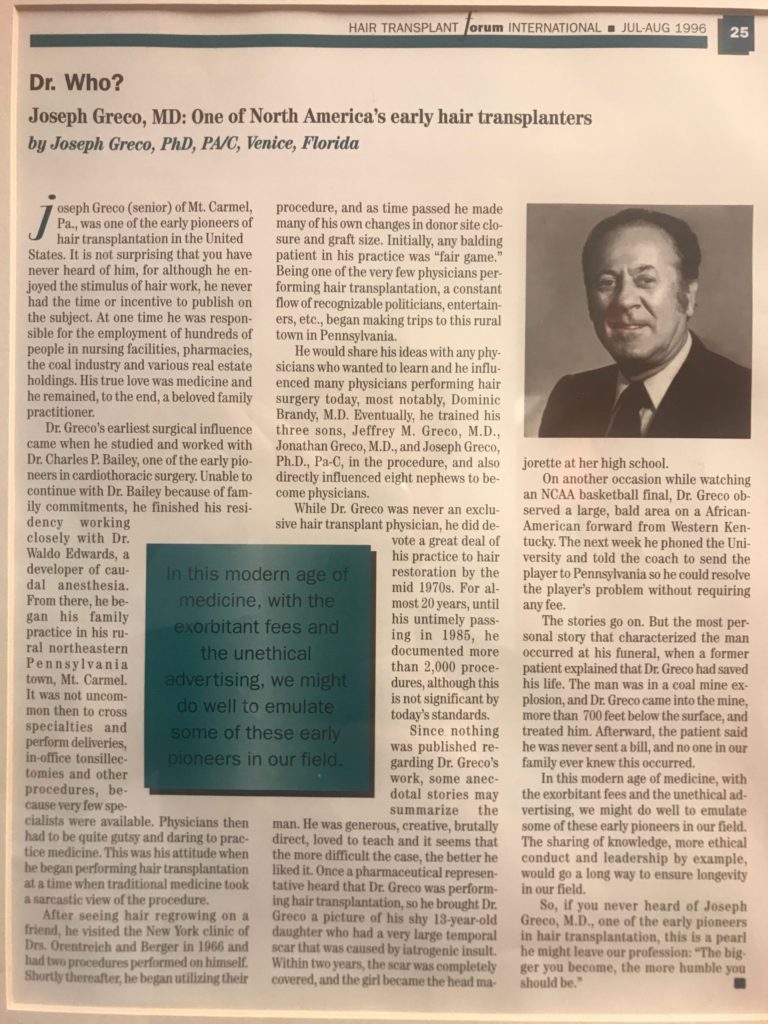
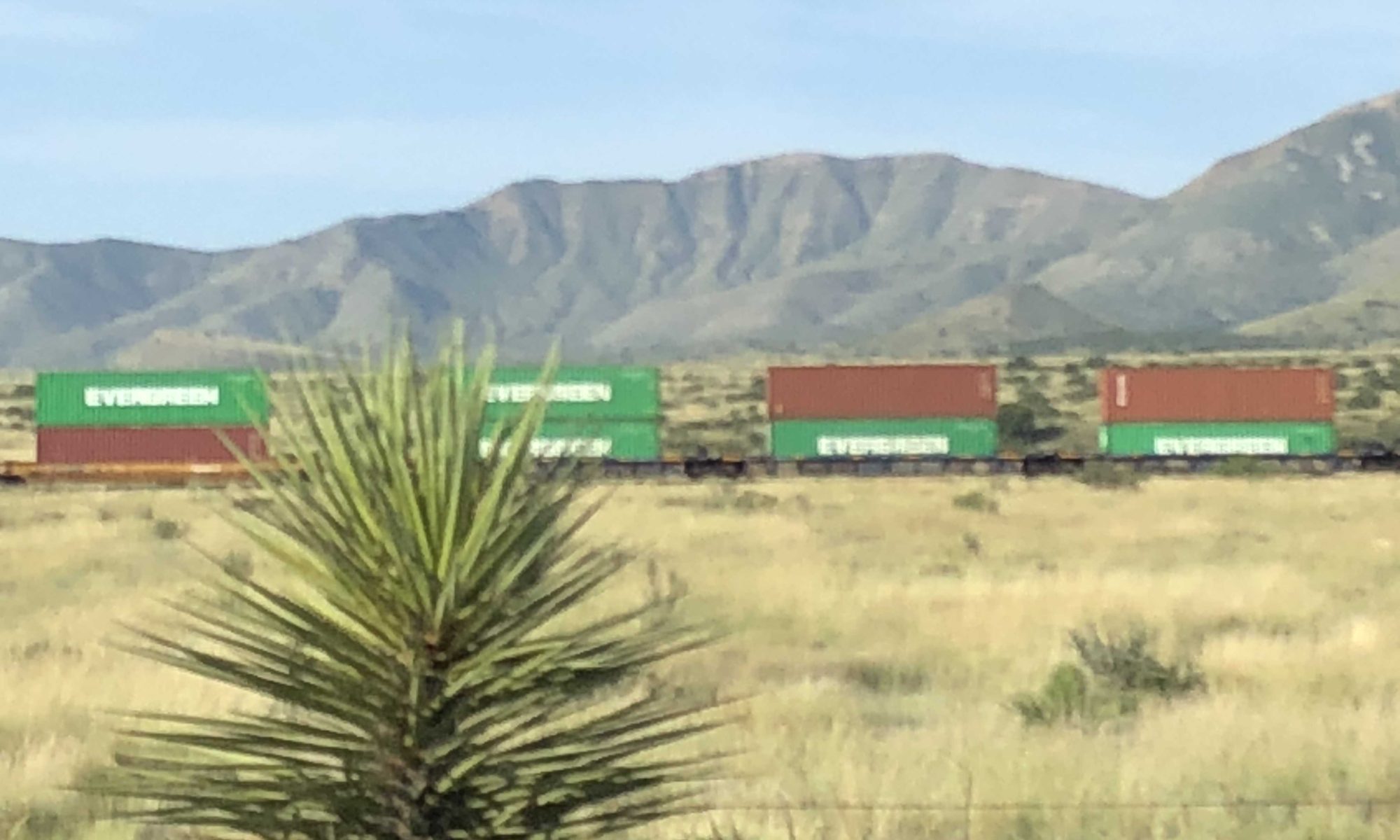
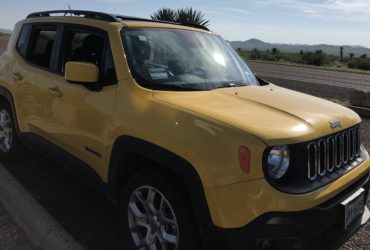
Enjoyed this. Have a Merry Christmas and keep writing.
Amazing. A lot I did not know. Brought back fond memories of your family. Have a happy holiday.a
Thanks Alfie much appreciated! Yeah a lot of these stories came from my dad and I didn’t know them either…..was great to work with him on this over the past few weeks. Happy holidays to you and your family as well!
Thanks Gerry always appreciate that you read these posts! Merry Christmas too!
This is such a nice article about your grandfather. He was a very good doctor, and had such a nice “manner” with kids like me, who really looked up to him. We were fortunate to have him in Mt Carmel. Merry Christmas and thank you for keeping the beautiful memories alive. 💕
Mary Rose Alexander